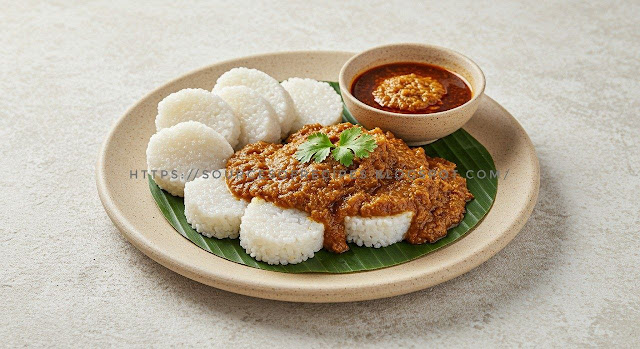Nasi Goreng Kampung (Malaysian Fried Rice)

Nasi Goreng Kampung (Malaysian Fried) Keywords: nasi goreng, Malaysian fried rice, authentic nasi goreng kampung, easy fried rice recipe, spicy fried rice, Malaysian comfort food, homemade nasi goreng Ingredients: 2 cups of leftover rice (preferably a day old for best texture) 2 tablespoons vegetable oil 2 cloves garlic, minced 1 small onion, finely chopped 2 small red chilies, sliced (adjust to heat preference) 1/2 cup cooked chicken (or prawns, optional) 2 eggs, lightly beaten 1/4 cup sliced long beans (or green beans) 1 tablespoon sweet soy sauce (kecap manis) 1 tablespoon light soy sauce Salt to taste 1 teaspoon sugar Fresh coriander leaves, for garnish Cucumber and tomato slices, for serving Instructions: Prepare the rice : If using freshly cooked rice, let it cool completely to prevent clumping. Cold, day-old rice works best for this dish. Heat oil : In a large wok or frying pan, heat vegetable oil over medium heat. Sauté aromatics : Add garlic, onion,...





